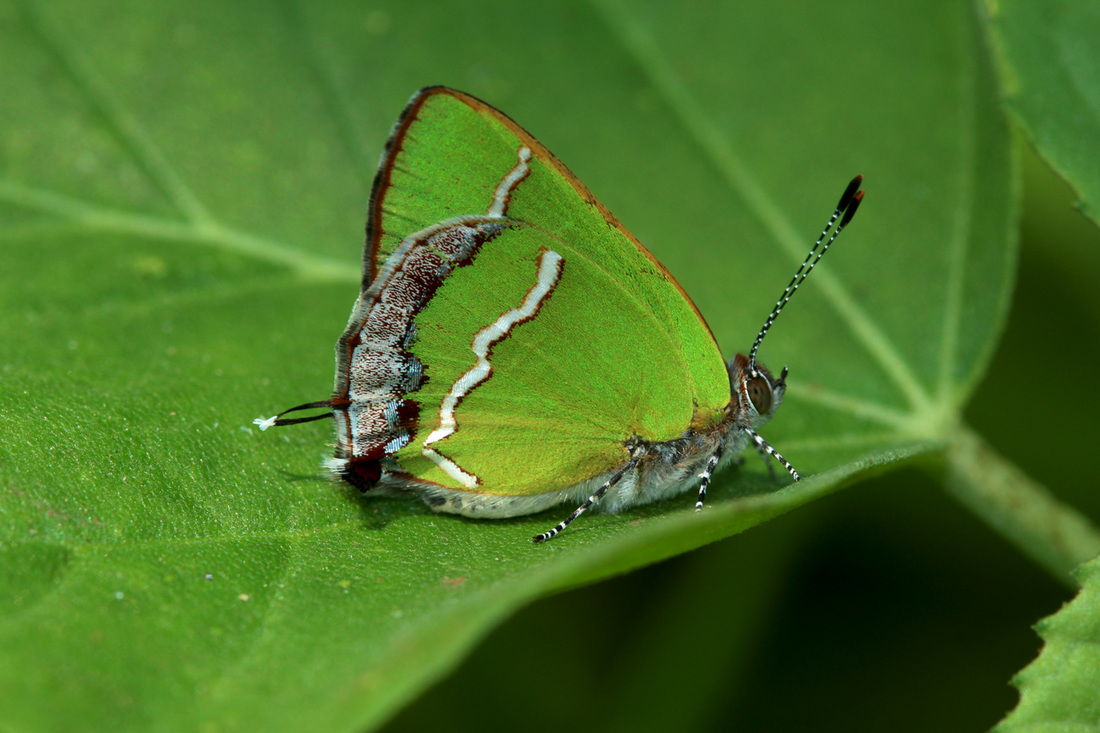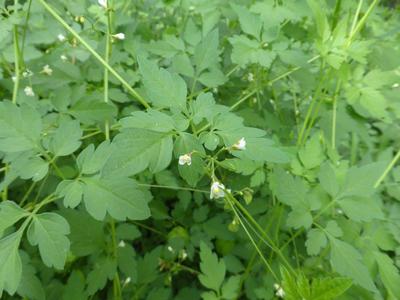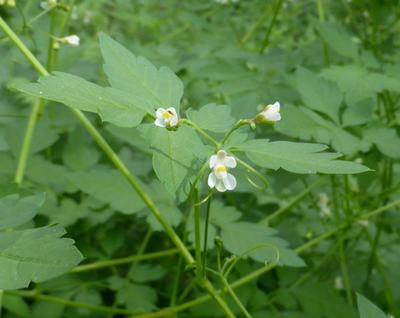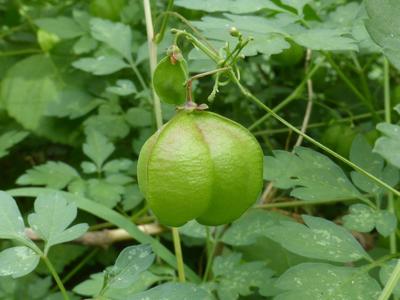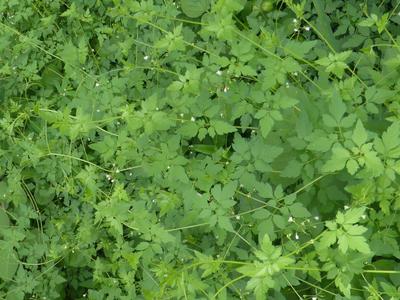Lycaenidae : Theclinae
Chlorostrymon simaethis (Drury, 1770)
Silver-banded Hairstreak
Chlorostrymon simaethis (Drury, 1770)
Silver-banded Hairstreak
Description and Similar Species: Wingspan 20-28mm. Sexually dimorphic though undersides are similar. Males have hindwing tails about half the length of females. Males are mainly bright purple on the upperside whereas females are largely brown with a purple patch at the base of the forewing. The only confusion species is the other Chlorostrymon C. maesites Amethyst Hairstreak which is a more yellowish-green underside and which has four hindwing tails rather than two.
Range: Southern USA and Florida south through Central and South America including the islands of the Greater Antilles.
Status: Very local in Cuba though it is sometimes very common on the north coast and around the shores of some freshwater lakes where the foodplant grows such as at La Laguna, Santiago de Cuba and Ariguanabo near Habana. Also seen at Cienfuegos Botanic Garden.
Nectar Plants: Bidens alba, Cardiospermum halicacabum and Antigonon leptotus.
Larval Foodplants: Balloon-vine Cardiospermum halicacabum. Eggs are laid on the outside (the sepals) of the "lanterns" containing the fruit and the larva then feeds inside on the developing fruit (Smith, Miller & Miller, 1994).
Range: Southern USA and Florida south through Central and South America including the islands of the Greater Antilles.
Status: Very local in Cuba though it is sometimes very common on the north coast and around the shores of some freshwater lakes where the foodplant grows such as at La Laguna, Santiago de Cuba and Ariguanabo near Habana. Also seen at Cienfuegos Botanic Garden.
Nectar Plants: Bidens alba, Cardiospermum halicacabum and Antigonon leptotus.
Larval Foodplants: Balloon-vine Cardiospermum halicacabum. Eggs are laid on the outside (the sepals) of the "lanterns" containing the fruit and the larva then feeds inside on the developing fruit (Smith, Miller & Miller, 1994).
Foodplants and Habitat
